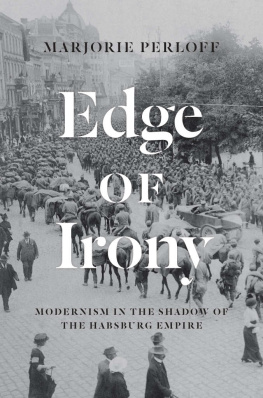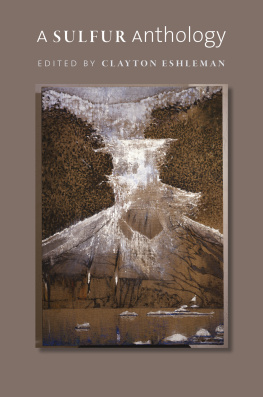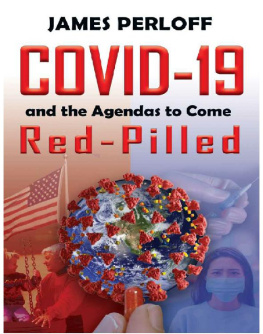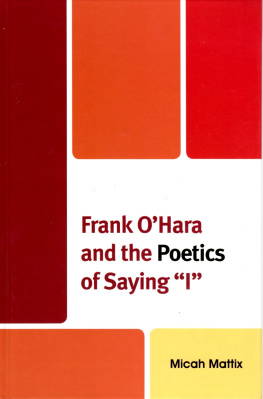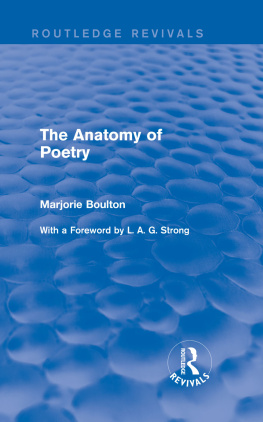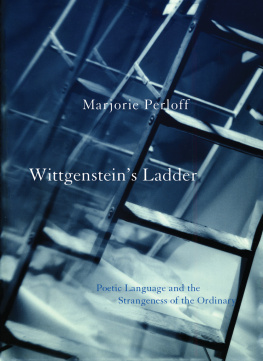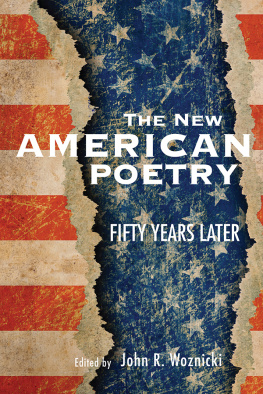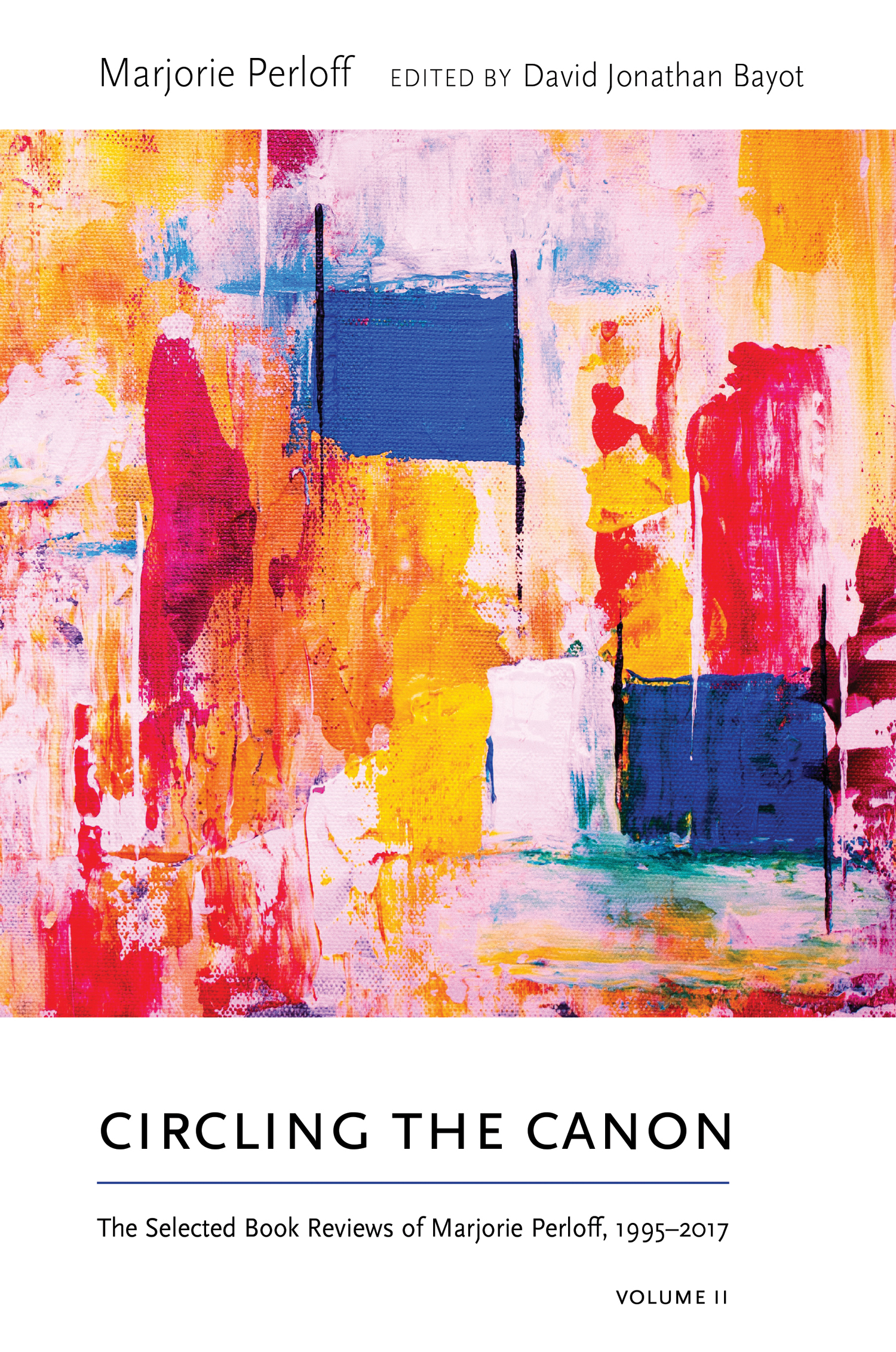Circling the Canon

RECENCIES SERIES: RESEARCH AND RECOVERY IN TWENTIETH-CENTURY AMERICAN POETICS
MATTHEW HOFER, SERIES EDITOR
This series stands at the intersection of critical investigation, historical documentation, and the preservation of cultural heritage. The series exists to illuminate the innovative poetics achievements of the recent past that remain relevant to the present. In addition to publishing monographs and edited volumes, it is also a venue for previously unpublished manuscripts, expanded reprints, and collections of major essays, letters, and interviews.
Also available in the Recencies Series:
The Language Letters: Selected 1970s Correspondence of Bruce Andrews, Charles Bernstein, and Ron Silliman edited by Matthew Hofer and Michael Golston
Inciting Poetics: Thinking and Writing Poetry in an Expanded Field edited by Jeanne Heuving and Tyrone Williams
Presences: A Text for Marisol, A Critical Edition by Robert Creeley and Marisol Escobar
Why Should I Write a Poem Now: The Letters of Srinivas Rayaprol and William Carlos Williams, 19491958 edited by Graziano Krtli
Robert Duncan and the Pragmatist Sublime by James Maynard
Curious Disciplines: Mina Loy and Avant-Garde Artisthood by Sarah Hayden
An Open Map: The Correspondence of Robert Duncan and Charles Olson edited by Robert J. Bertholf and Dale M. Smith
Imagining Persons: Robert Duncans Lectures on Charles Olson edited by Robert J. Bertholf and Dale M. Smith
The Collected Letters of Charles Olson and J. H. Prynne edited by Ryan Dobran
The Olson Codex: Projective Verse and the Problem of Mayan Glyphs by Dennis Tedlock
For additional titles in the Recencies Series, please visit unmpress.com.
Circling the Canon
The Selected Book Reviews of Marjorie Perloff, 19952017
VOLUME II
Marjorie Perloff
EDITED BY David Jonathan Bayot

2019 by the University of New Mexico Press
All rights reserved. Published 2019
Printed in the United States of America
ISBN 978-0-8263-6052-6 (printed case)
ISBN 978-0-8263-6053-3 (electronic)
Library of Congress Cataloging-in-Publication data is on file with the Library of Congress
Cover illustration courtesy of Steve Johnson on Unsplash
Designed by Felicia Cedillos
Composed in Minion 10.5/14.25
For Gerald Bruns
Lincomparable ami
Contents
DAVID JONATHAN BAYOT
MARJORIE PERLOFF
MARJORIE PERLOFF
Preface
The place to which I really have to go is one that I must actually be at already. Anything that can be reached with a ladder does not interest me.
LUDWIG WITTGENSTEIN, Culture and Value
The impetus for this project was a lecture Marjorie Perloff gave on November 6, 2016, at The Arts House during the annual Singapore Writers Festival. The topic of the Round Table, which I was happy to attend as part of a large and enthusiastic audience, was The Importance of the Book Review. In another sense, however, the book might have begun (at least as far as I can tell) on September 15, 2011, when Marjorie, with whom I had been corresponding about a Festschrift I was preparing in honor of my mentor (and Marjories doctoral student at the University of Maryland in the early 1970s), the Philippine critic Isagani R. Cruz, emailed me a copy of the keynote address she was to deliver at a festival organized by the Poetry Center in Wuhan, China, in honor of her eightieth birthday. Marjorie knew I was Chinese (although I was born in Manila and have always lived here) and thought I might be interested in her China talk.
The autobiographical essay in question was titled Becoming a Critic. Here Marjorie observes that her own development as a critic took a decisive turn in 1975 when [she] began to write [her] book on Frank OHara. She explains that in the 1970s, the critical journals used to run omnibus reviews. In the course of my reading of Marjories autobiographical account so as to understand the trajectory of her becoming a critic, I found myself going back time and again to an interesting and highly suggestive passage:
If a journal asked you to do the annual poetry review, the editors would send you about 150 books and you could sort them out and decide which to include. In 1973, Contemporary Literature asked me to do the omnibus review. Among the hundreds of books arriving at my door... there was the Ron Padgett and David Shapiro Anthology of New York Poets (Random House, 1970), which included a sizable selection of OHaras poems. In the New York art world, OHara... was something of a cult figure, but in the academy... no one had heard of him: we were busy dissecting Robert Lowell and Sylvia Plath... or, if we were more adventurous, Charles Olson. I found OHaras seemingly casual, graphic, and documentary I do this I do that poems a breath of fresh air... My omnibus review... centered on OHara. The next year, the MLA convention was in New York, and on the last day I found a free hour to visit the bookshop at the Museum of Modern Art in New York. Here I came across OHaras Art Chronicles [1975]his reviews and articles about the Abstract Expressionists and related artists, produced while he was curator at MOMA. I asked Doris Grumbach, a writer-friend, who was then literary editor of The New Republic, if I might review the book. She said yes and the resulting review came to the attention of the art book publisher George Braziller and, next thing you know, I had a contract to write a book on OHara.
It is interesting to see how a (dis)interested review that centered on OHaras poems in a large anthologypoems that according to Marjorie are seemingly casual, graphic, and documentary and thus had provided her a breath of fresh airsowed the seed of her interest in OHara that led further to another review (this one in The New Republic) on the poets Art Chronicles in 1975 that was suggestively titled They were There! And from that review, a book was fortuitously bornone that opened for the critic (as well as for her readers for four decades) a brave new world of poetry or, more precisely, a different and differential way of knowing and engaging with poetry as, first of all, a practice in context, that is, a language game. According to Marjorie, from then on, the avant-garde became my special interest.
Marjories readers would surely notice her own subsequent vigorous translation of her special interestsince the publication of Frank OHara (1977)into a dozen more books. Written over a period of four decades, these books, though eclectic at first glance, do in reality cohere as a corpus of sustained critical inquiry into poetics. The Perloff corpus has no doubt played a role in the paradigm shift in poetry studies or, rather, poetic practice since the early 1980s, when Marjorie published The Poetics of Indeterminacy: Rimbaud to Cage in 1981. In 1990, in Poetic License, she referred to the earlier book as an ongoing project... [toward] a revisionist history of twentieth-century poetics. In 2018, its safe to say that no narrative-metanarrative of twentieth- and twenty-first century poeticsrevisionist or otherwisecould disavow the constitutive force of Marjories scholarship in the figuration and reconfiguration of these narratives, no matter how controversial her specific readings might be for certain members of the poetry community as well as the academy.


